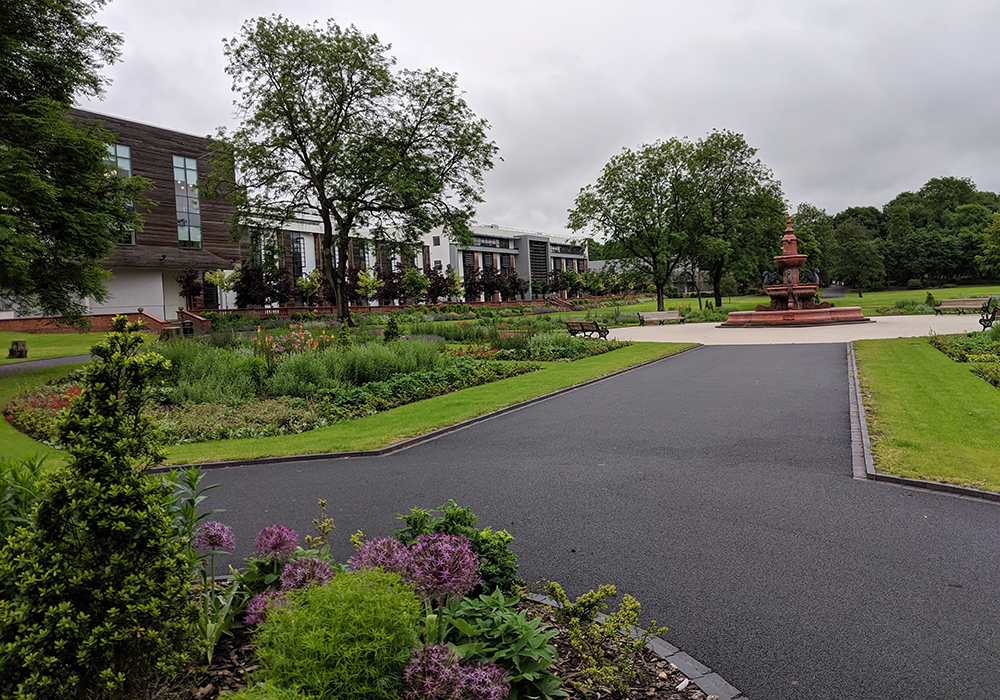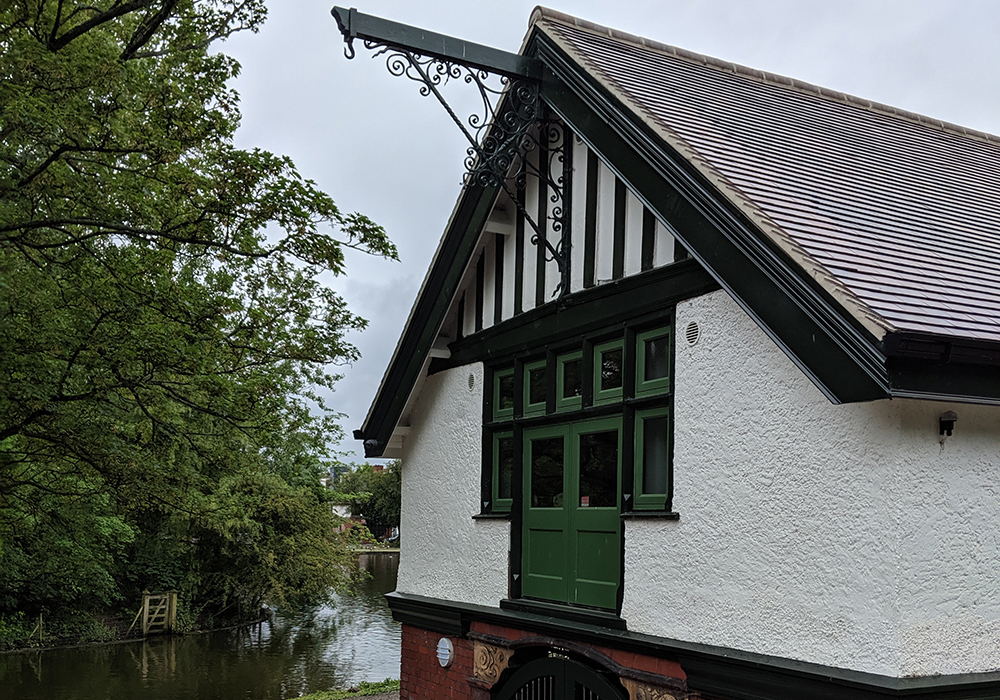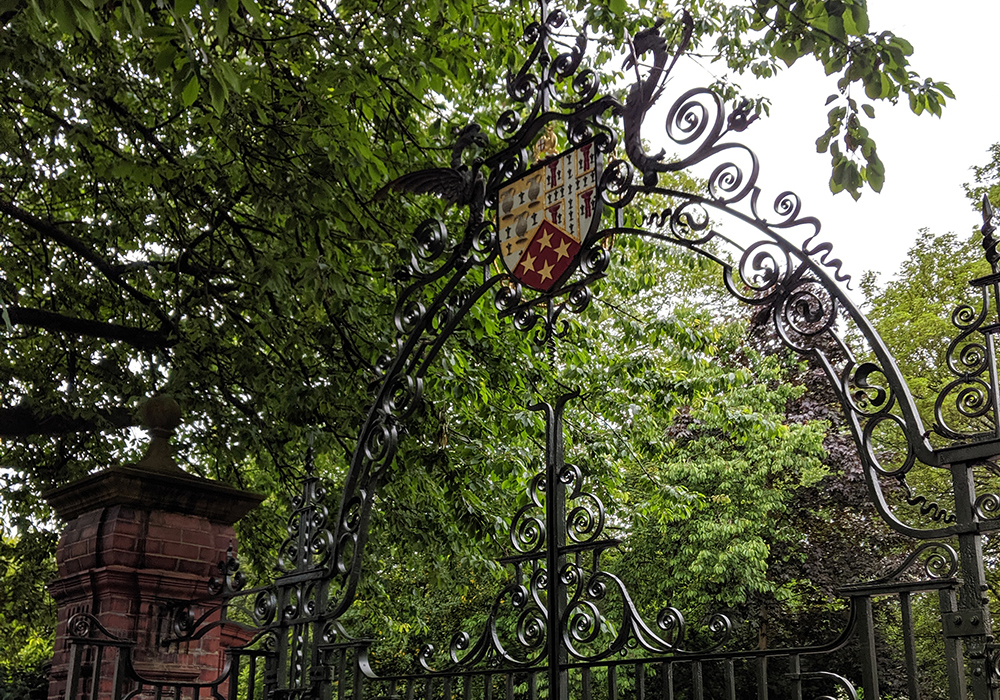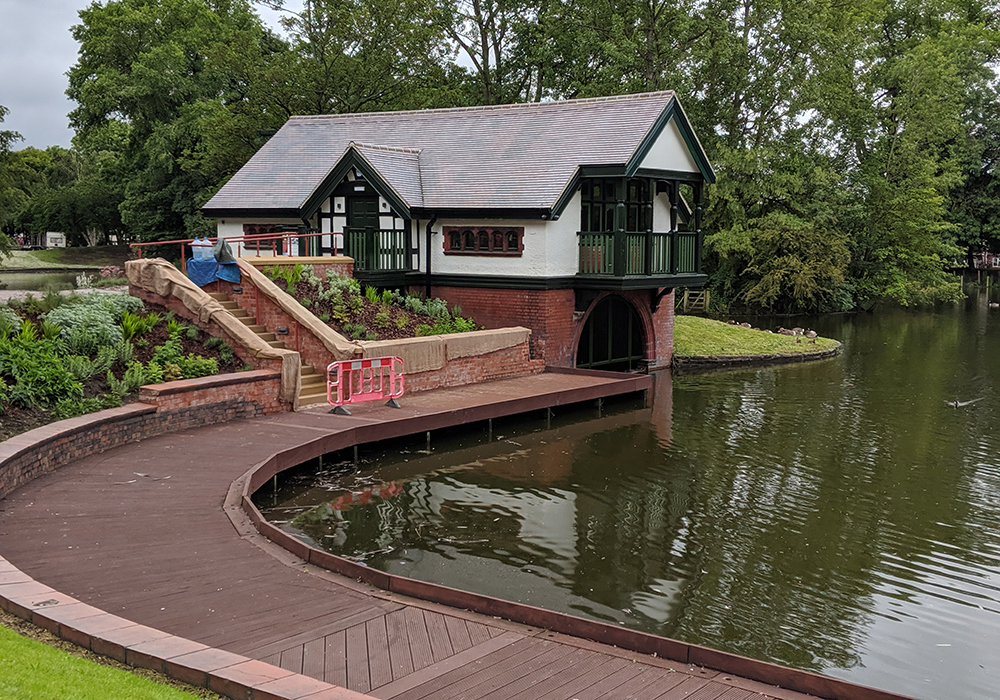It is always good to get out of the office and expand your knowledge. My Dad calls these ‘jollies’, but I call them ‘totally necessary CPD days’. I recently attended an IHBC day on the restoration of 19thcentury urban parks, illustrated beautifully by Hanley Park in Stoke on Trent.
The grade II* registered park was opened in 1897 and designed by landscape architect Thomas Mawson, developed upon the site of a disused industrial quarter of the city.
Following years of deterioration and anti-social behaviour, the council are in the process of a major restoration and development of the park, working with key partners such as the National Lottery Heritage Fund.
The day (it rained, obviously) got me thinking about some of the key challenges and considerations when working with this type of heritage.
Getting it right….
Parks are complex – very complex.
The works at Hanley took a staggering range of technical, artistic, and management skill to pull together. Urban parks are simultaneously works of architectural, landscape, and engineering mastery. Hanley Park boasts, for example, wrought iron gates, a boathouse, pavilion, canal, bridge, lodges, and a terracotta fountain. All this before we even get to the ‘landscape’ itself.
The restoration of the park has involved a very broad range of expertise, and incredible skill.
Works on the gates required understanding complex methods for construction for the heraldry.
Restoration of the bandstands involved painstaking paint analysis ahead of a daring de and re-construction (the mention of the phrase ‘paint scraps’ was enough to start my head hurting).
Extensive works to the pavilion involved months of iterative survey, when health and safety concerns meant no one could work in the building for a time, which ultimately culminated in the total rebuild of the roof and lantern.
The point of parks….
Hanley Park was laid out on an area of heavy industry in Stoke. Whilst today we rightly place an inherent value on industrial remains, this doesn’t account for how they were perceived and experienced in the 19th Century, including their particularly negative impact on health.
Hanley Park developed within the significant context of 19th Century measures taken by national and local government groups to improve the lives, health and wellbeing of the public. Municipal parks were laid out to provide the access to green spaces for people who didn’t have their own gardens.
This has very real connotations for how parks such as Hanley should be managed today. One of the event’s speakers remarked that many living in the local area still don’t have gardens, and for some, this is their only green space.
Whilst these places are righty considered to be works of artistic human endeavour; a major part of their significance, something that we can define and even defend in accepted heritage management language, is the living and evolving impact they have on people. In this way we, in the heritage field, have a duty to ensure they remain relevant to people today. Parks are not just works of art, but something designed to be enjoyed.
In this way there needs to be a very real focus on not just ‘restoring’ (this evidently has value), but ‘enhancing’ a place.
At Hanley, for example, there has been a major investment in the park’s ‘offer’. The pavilion (with striking views towards Stoke Minster) and boathouse are becoming cafes, and soon the boathouse will allow the operation of pleasure boats, after a full restoration, and a new community hub is to be built on the old bowls green.
The management problem….
I work in the development management side of heritage.
I have done this in both local authority and private sector settings. The pressures of development management can, unfortunately, create siloed thinking, whereby we are wholly focused on managing and informing immediate changes and thinking principally about what we are responsible for in our own sphere of influence.
For something like a park, however, this can be inherently dangerous. The issue of sustainability and future management is absolutely paramount for parks as living, breathing, environments. This is particularly important as funders such as the National Lottery Heritage Fund do not have the means with which to fund ongoing maintenance.
There is an increasing need, in the face of this deficit, to develop innovative solutions for management.
For example, this includes monetisation of the park’s assets, such as they are doing at Hanley by leasing out the restored lodges as office space.
This, more broadly, fosters and draws upon a corporate social responsibility, and that relationship then becomes more proactive and less transactional – fostering buy in from local businesses to help sustain the park’s infrastructure.
Hanley are also making connections with local colleges and youth organisations – a great move that feeds into the health and wellbeing agenda and its natural link to heritage.
Conclusions
The key takeaway from this blog is that I really love a jolly….
Though I guess there is more….
The day really bought home for me the challenges and opportunities parks pose. There are the evident technical complexities, and the need for building in sustainability. Both of these are absolutely critical.
For me, though, the thing that struck me the most was this idea of relevance. Whilst works of artistic human endeavour, these are not monuments. They have a very real and very meaningful impact on people’s lives. Whilst often it is necessary to focus on restoration, in the strictest sense of the word; we should never lose site of the fact that working with parks often requires a shift towards more than just restoration for its own sake and truly prioritise the idea of ‘enhancing’.
Links
- Hanley Park NHLE entry: https://historicengland.org.uk/listing/the-list/list-entry/1001328
Our experience
With landscape and heritage expertise, Node has been involved in the development of historic parks and the creation of amazing new public spaces. We are currently working on a comprehensive masterplan for enhancing the historic Ilfracombe seafront. Check out some examples of our past work here:
- Arbury Estate: http://www.thisisnode.com/project/arbury-estate/
- Jewellery Quarter pocket park: http://www.thisisnode.com/project/jewellery-quarter-pocket-park/













